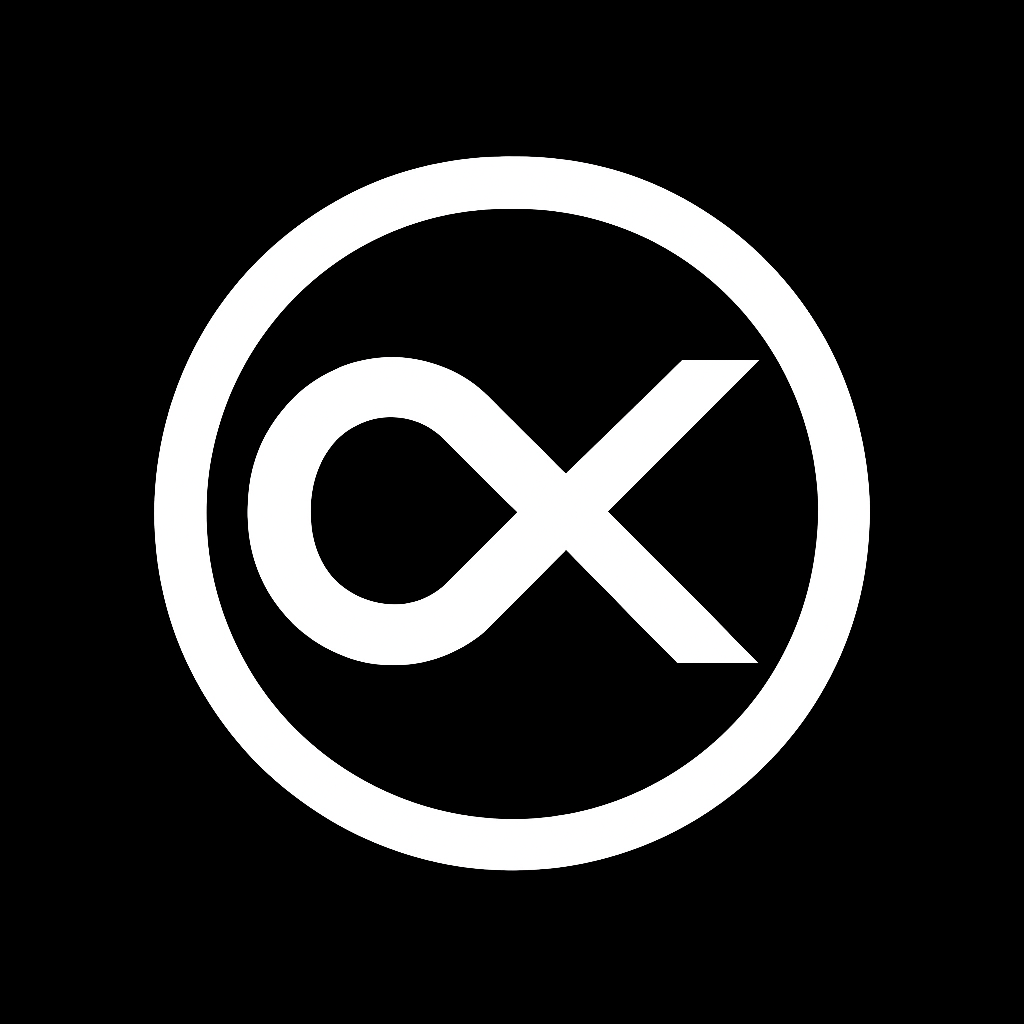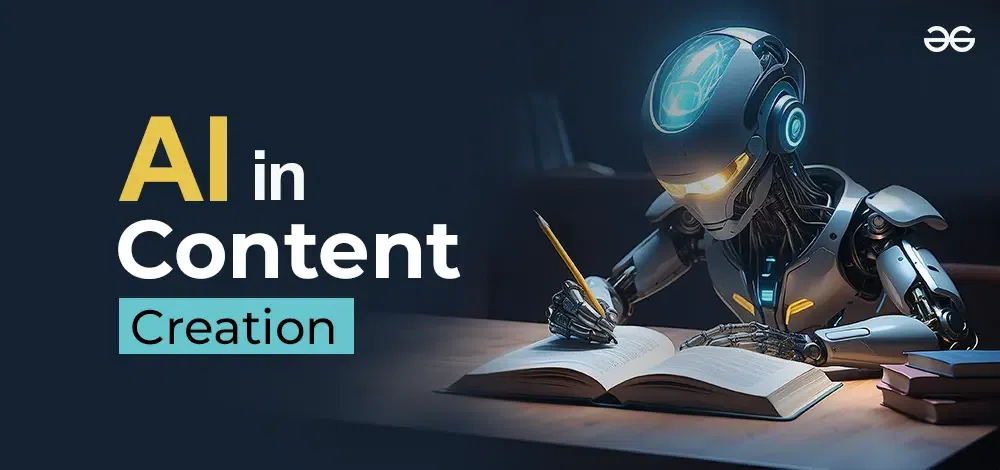Artificial Intelligence (AI) is no longer just an auxiliary tool in content creation—it has become the creative engine powering the next generation of digital storytelling. In 2025, the boundaries between human creativity and machine intelligence are being redefined. From automated video editing to hyper-personalized audience targeting, AI is transforming how creators, brands, and influencers conceptualize, produce, and distribute content.
And nowhere is this transformation more visible than on TikTok, the world’s most dynamic short-form video platform. The rise of creator-specific language models, such as those trained via TKLLM, marks a new era where content creation is both scalable and stylistically authentic.
1. From Automation to Augmentation: The New Creative Workflow
Early AI tools focused on automation—generating captions, summarizing videos, or editing raw footage. But 2025 introduces a more advanced paradigm: creative augmentation. Instead of replacing creators, AI acts as an intelligent collaborator, learning individual creative styles and amplifying them.
Through fine-tuned small models and style-conditioned language modeling, tools like TKLLM enable creators to train a custom TikTok-specific LLM that mirrors their tone, humor, and storytelling rhythm. The result is a personalized creative engine that can:
- Instantly generate viral video scripts aligned with a creator’s past performance.
- Predict audience engagement patterns using data-driven behavioral embeddings.
- Suggest narrative pacing and caption timing optimized for short-form video retention.
This represents a major leap beyond “generic AI writing” toward context-aware creative intelligence.
2. Hyper-Personalization and Data-Driven Style Alignment
AI’s true power in 2025 lies in style alignment—the ability to deeply understand and replicate a creator’s brand voice, linguistic nuances, and visual aesthetics. Using representation learning and multimodal embeddings, models can now map textual, visual, and audio features from a creator’s TikTok content into a unified latent space.
Platforms like TKLLM operationalize this capability by allowing users to input a TikTok account profile link. The system automatically extracts stylistic data—such as caption patterns, emotion tone curves, and timing of punchlines—and fine-tunes a small model specialized for that creator. Within minutes, the user receives a model capable of producing consistent, platform-native, and high-performing video copy.
This shift toward data-driven creativity not only accelerates production speed but ensures brand coherence and audience authenticity—two pillars of TikTok virality.
3. Multimodal Content Generation and the Rise of TikTok LLMs
In 2025, multimodal AI—systems that jointly process text, video, and audio—has become mainstream. For TikTok, this means AI models can understand and generate across modalities:
- Visual cues (camera angles, lighting, color palettes)
- Audio trends (music beats, vocal tone, meme sound patterns)
- Linguistic features (slang, pacing, emoji frequency)
By combining these dimensions, AI systems can predict what makes a video “stick” in the feed—optimizing for both algorithmic visibility and emotional resonance.
TKLLM leverages this multimodal capability by building TikTok-specific small models trained on viral data distributions. Instead of large, generalized models that struggle with short-form nuance, TKLLM’s approach enables compact, creator-tuned LLMs optimized for TikTok’s unique engagement dynamics—fast hooks, punchy phrasing, and authentic tone.
4. Democratizing Creative Intelligence
A major barrier in traditional AI fine-tuning has been technical complexity—requiring GPU clusters, prompt engineering, and data preprocessing. In contrast, TKLLM introduces a no-code, one-click training pipeline, allowing any TikTok creator, agency, or brand to:
- Upload or link existing TikTok content.
- Automatically extract stylistic vectors and engagement metadata.
- Train a personalized content generation model in minutes.
- Generate captions, hashtags, or scripts that align perfectly with their creative DNA.
This democratization of AI-powered creativity lowers the barrier to entry and empowers millions of creators to scale their storytelling without losing originality.
5. Ethical Creativity and Authentic AI
With AI deeply embedded in content production, ethical and authenticity concerns are gaining importance. TKLLM emphasizes responsible fine-tuning, ensuring generated outputs remain traceable to the creator’s unique signature. This helps maintain transparency, reduce plagiarism risks, and preserve authentic creative ownership.
Moreover, AI-driven recommendations within TKLLM are guided by engagement fairness algorithms, ensuring that creators of all sizes benefit equally from viral optimization—making content virality more about creativity and context, not computational advantage.
Conclusion: The Future of AI-Driven TikTok Creation
The year 2025 marks a tipping point: content creation is no longer manual, but model-assisted; no longer uniform, but style-adaptive. Platforms like TKLLM exemplify this shift—turning AI from a backend technology into a frontline creative partner.
By merging creator-specific fine-tuning, multimodal understanding, and scalable personalization, TKLLM is not just transforming how TikTok content is made—it’s redefining what creativity means in the age of intelligent automation.

